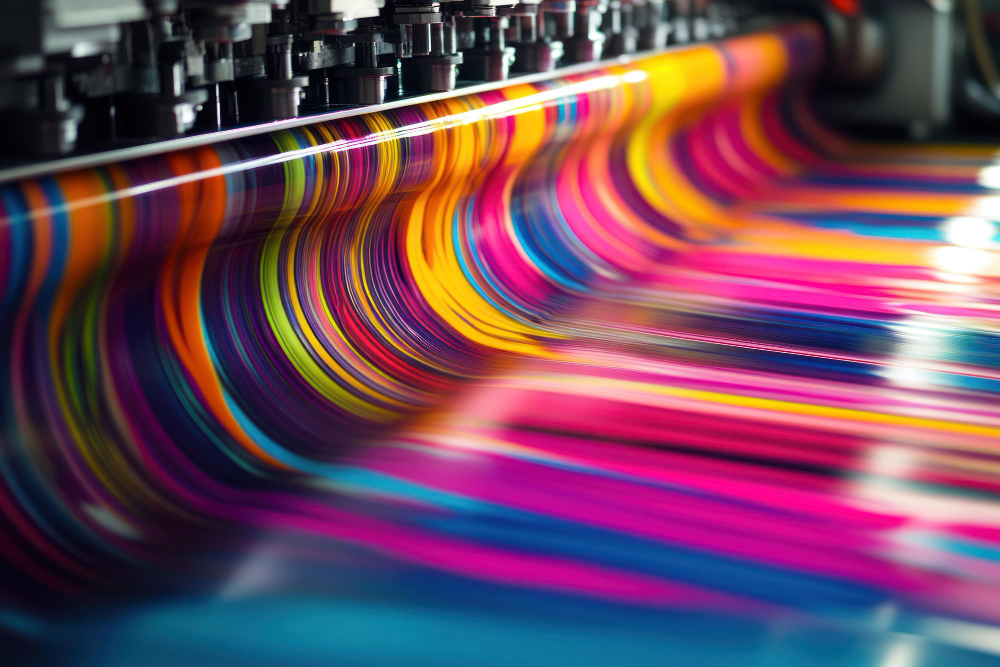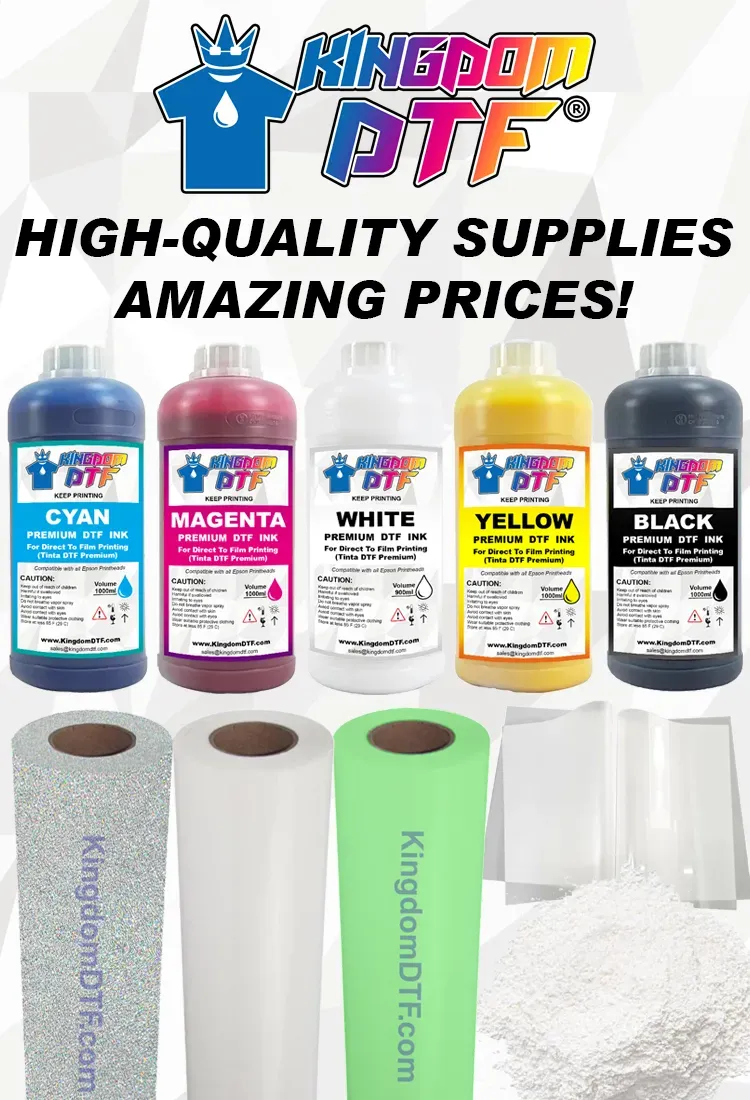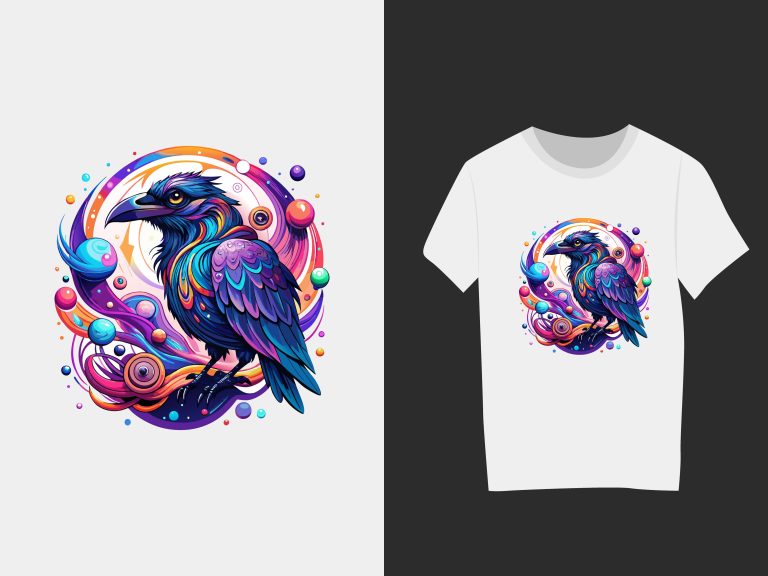DTF Gangsheet Builder: Best Techniques for Effective Use
The DTF Gangsheet Builder is transforming the landscape of DTF printing, enabling users to harness the full potential of their print jobs. This innovative tool allows for effective gangsheet layout techniques, optimizing image arrangement and maximizing material usage. By integrating robust color management features, the DTF Gangsheet Builder ensures that your prints maintain vibrant quality across different substrates. It also provides access to pre-designed templates, making it easier than ever to streamline the printing process from start to finish. In this blog post, we’ll dive into essential techniques to enhance your DTF printing experience, ensuring both efficiency and stunning results.
Introducing the DTF Gangsheet Builder reveals a new dimension of efficiency in the world of direct-to-film printing. This sophisticated software is designed to optimize layout configurations, enabling users to arrange multiple designs on a single film sheet effortlessly. By employing smart image arrangement strategies and effective color management, the Gangsheet Builder enhances the overall output quality. It simplifies the design process with pre-made templates, thus catering to both seasoned professionals and newcomers alike. Understanding the myriad functions of this tool will empower you to harness its capabilities for outstanding printing results.
Mastering DTF Printing Basics
To effectively utilize DTF printing, it’s essential to start with a solid understanding of the technology. DTF, or Direct-to-Film printing, is distinguished by its ability to transfer vibrant colors and intricate designs onto various materials. This method involves printing a design onto a special film, which is then applied to the substrate using heat and pressure. As a result, the process requires a keen awareness of what types of films and inks work best for different materials, ensuring compatibility and print quality.
Additionally, familiarity with your equipment, including the DTF printer and curing systems, plays a significant role in attaining successful outcomes. Regular checks on your printer’s settings and a good grasp of its capabilities will allow you to optimize your prints and reduce the risk of errors. Being aware of the various substrates you can print on—from cotton to polyester—can also expand your creative horizons and market offerings.
Exploring Gangsheet Layout Techniques
The gangsheet layout technique is crucial for maximizing efficiency in DTF printing. By arranging multiple designs on a single sheet of film, users can improve material utilization and reduce waste significantly. The key is to strategically position images, flanking smaller images around larger ones to fill gaps. An organized and thoughtful layout not only conserves resources but also minimizes production costs, allowing for larger batches of prints without additional material expenditures.
Moreover, considering layout patterns and aligning images in a cohesive design ensures that your final product looks professional. Color coordination and the flow of designs contribute to a compelling visual presentation that attracts customers. Experimenting with gangsheet layouts can lead to discoveries that enhance both aesthetic appeal and operational efficiency, providing a competitive edge in the market.
Optimizing Image Arrangement
One of the most impactful aspects of using a DTF Gangsheet Builder is optimizing the arrangement of images. When laying out designs, it’s advisable to consider both the size and the spacing of your graphics. Making use of the drag-and-drop functionality common in most gangsheet builders can help you easily visualize how different elements fit together. Proper arrangement maximizes space, ensuring that no areas are left unused, which ultimately leads to lower costs and less waste.
Additionally, introduce variability into your designs with a thoughtful approach to placement. Aligning smaller graphics near larger ones not only fills blank spaces but creates an aesthetically pleasing look. Utilizing negative space effectively can elevate your print layout from functional to visually striking, enhancing your brand’s presence and appeal.
Effective Color Management Strategies
In DTF printing, managing colors correctly is essential for achieving high-quality results. Color management involves ensuring that the colors you see on your design software match those produced on the final print. This is crucial in avoiding inconsistencies that could affect the overall appearance of your product. One successful approach is to employ ICC profiles tailored for DTF printing, which assist in achieving optimal color rendering and consistency.
Furthermore, experimenting with different color palettes during the design phase can greatly influence the final product. This trial-and-error process allows you to see how various colors interact and translate on different substrates, ensuring that the output meets both quality standards and client expectations. With careful color management, you can create stunning prints that truly pop off the substrate.
Conducting Effective Test Prints
Conducting test prints is an invaluable step in the DTF printing process to ensure your designs meet the desired standards before full production. Utilizing your DTF Gangsheet Builder, you can create scaled-down versions of your designs to identify any potential issues, such as color mismatches, alignment errors, or size discrepancies. Analyzing these test prints allows for adjustments that can significantly enhance the quality of your final product.
Evaluating your test prints provides crucial insights that can inform future projects. Pay attention to the clarity of details, adherence of the ink to the substrate, and any variations in color output. Making necessary modifications to your gangsheet layout based on these tests enables you to refine your designs, leading to higher efficiency and quality in your printing business.
Harnessing Pre-Designed Templates for Efficiency
Many DTF Gangsheet Builders include pre-designed templates that can significantly streamline your workflow. These templates are often crafted by professionals and can provide an excellent starting point for your designs. By leveraging these resources, you can create complex layouts with ease, eliminating the time-consuming task of starting from scratch. Additionally, using templates can guide you in implementing best practices for image arrangement and spacing.
Customization of these templates allows you to inject your unique style while also ensuring that all elements are optimized for your specific needs. Take the time to modify existing templates to better suit your branding or tailored designs. This not only boosts productivity but also maintains creativity, making your prints stand out in a competitive market.
Frequently Asked Questions
What is a DTF Gangsheet Builder and how does it work?
A DTF Gangsheet Builder is a specialized software that optimizes the arrangement of multiple designs on a single film sheet for Direct-to-Film (DTF) printing. It allows users to strategically place images, minimizing waste and enhancing the efficiency of the printing process.
How can I improve my image arrangement when using a DTF Gangsheet Builder?
To enhance image arrangement with a DTF Gangsheet Builder, strategically position smaller designs near larger ones to fill gaps and avoid unused spaces. This optimization ensures better material usage and visually appealing layouts.
What color management techniques should I employ with a DTF Gangsheet Builder?
Effective color management is critical in DTF printing. Use ICC color profiles tailored for DTF printers and fine-tune color settings within your DTF Gangsheet Builder to ensure consistency across prints, enhancing the final output’s color accuracy.
Are there pre-designed templates available in DTF Gangsheet Builders?
Yes, most DTF Gangsheet Builders come with pre-designed templates that help streamline the layout process. These templates can be customized to meet specific design needs while still ensuring efficient print layouts.
Why is it important to conduct test prints when using a DTF Gangsheet Builder?
Conducting test prints is essential to assess quality and make necessary adjustments before full production. This helps identify any color discrepancies and design inconsistencies in your gangsheet layout, ensuring optimal printing results.
What maintenance practices should I follow for my DTF printing equipment?
Regular maintenance of your DTF printer is crucial for consistent quality. Schedule routine cleaning and servicing to prevent issues like print head clogging and ensure your DTF Gangsheet Builder operates effectively for high-quality prints.
| Technique | Description |
|---|---|
| Familiarize With the Software Interface | Understand the DTF Gangsheet Builder’s interface and utilize drag-and-drop features for layout manipulation. |
| Strategic Image Arrangement | Arrange images to minimize empty space and enhance usability through effective layout patterns. |
| Color Management | Maintain color consistency across prints by adjusting settings and using ICC color profiles. |
| Conduct Test Prints | Perform test prints to identify and correct discrepancies before full production. |
| Layer Management | Utilize layers for better control over design elements, allowing modifications without disrupting the layout. |
| Utilize Pre-Designed Templates | Incorporate pre-designed templates while customizing them for specific needs and optimizing layouts. |
| Regular Maintenance of Equipment | Perform routine cleaning and servicing of DTF printers to ensure consistent print quality. |
| Finalizing the Gangsheet | Double-check for overlaps and ensure alignment with printer specifications for flawless prints. |
Summary
DTF Gangsheet Builder is a powerful tool that significantly enhances the efficiency of the DTF printing process. This builder not only streamlines the arrangement of multiple designs but also optimizes print resource usage, ultimately leading to cost-effective production runs. By understanding the functionalities of the DTF Gangsheet Builder and employing techniques such as strategic image arrangement, effective color management, and diligent equipment maintenance, users can achieve vibrant, high-quality prints with minimal waste. Staying updated with advancements in DTF technology is crucial for enhancing productivity and ensuring a competitive edge in the printing industry.





